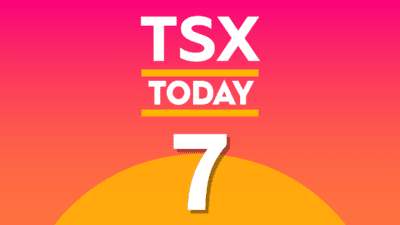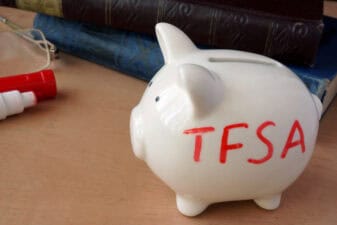Bonds have a reputation for being safe, reliable investments, but a hidden risk could devastate fixed-income owners.
Experts generally agree that a diversified portfolio of stocks and bonds is a smart idea. Most investors see bonds as the safer half of that mix. While stock prices are known to be volatile, bonds are prized for their steady returns.
Yet in recent months, bondholders are learning about a hidden risk in owning fixed-income securities—rising interest rates. Worst still, lower bond prices could wipe out the retirement dreams of millions of unsuspecting investors. Let me explain…
If you own bonds, you need to read this
To the casual observer, the recent rise in interest rates doesn’t seem like a big deal. For instance, the yield on a 10-year Government of Canada note has risen from 1.25% in early February to 1.75% today. The payout on a 30-year government bond has risen slightly more from 1.80% to 2.35% in the same period.
Yet even moves of less than a percentage point can create big losses for investors. Popular bond funds, such as the iShares Canadian Universe Bond Index ETF (TSX:XBB) and the iShares Core Canadian Long Term Bond Index ETF (TSX:XLB), have fallen 4% and 8%, respectively, in the past few months.
Long-term bonds have been hit even harder. For example, in the U.S., the iShares 20+ Year Treasury ETF (NYSE:TLT) has lost more than 13% of its value since the end of January, illustrating the dangers of owning fixed-income securities in a rising rate environment.
If interest rates keep rising, how bad could it get for bond investors? Really bad. As you can see below, even a small hike in interest rates can have a big impact on bond prices.
| Bond Length | Coupon | +1% | +2% | +3% |
| 2-Years | 0.65% | (1.96%) | (3.87%) | (5.74%) |
| 10-Years | 1.75% | (8.69%) | (16.55%) | (23.66%) |
| 30-Years | 2.35% | (18.83%) | (33.33%) | (44.57%) |
The chart above shows how much a Government of Canada bond purchased today at par would lose in value if interest rates rise by 1%, 2%, and 3%. For example, if yields rise by just 2%, a 30-year bond would lose one-third of its value. If interest rates rise by 3%, the price on these long-term securities would be nearly cut in half.
This isn’t a hypothetical idea, either. The last time interest rates were this low (back in the 1950s), bond prices fell 40%, adjusted for inflation over the following three decades. For retirement plans that are already woefully underfunded, a repeat of this scenario would be devastating.
These problems are compounded when you consider how little in income bond investors now receive. On a 30-year government bond, even a modest 10% loss could take you over four years to earn back in interest. On a 10-year note, fixed-income investors would have to wait six years to break even.
How safe is your retirement from a bond market crash?
Many bondholders don’t understand the impact rising rates will have on their investments. The bottom line is you’ll probably lose money.
That’s why fixed-income owners should stay away from interest rate-sensitive securities. By sticking with short-term debt such as Treasury bills, saving accounts, and money market funds, you’ll reduce your losses in a rising rate environment.








